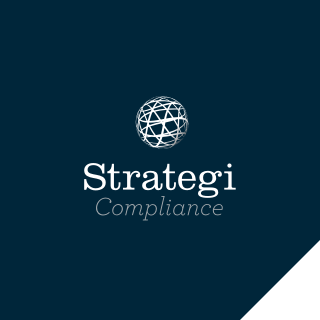Sight unseen property purchases is an attractive method of laundering money and financing terrorism. This type of transaction is usually conducted non-face-to-face (such as through virtual means) and adds layers between the customer and the transaction which can help obscure the source of funds and hide beneficial owners.
The key to protecting your business is to identify and manage the risks involved with this kind of property purchase. These types of transactions will need to be specifically addressed in your AML/CFT Risk Assessment and Programme. It may be a good time to review these documents to ensure this is reflected in your business risk profile, and any increased risk is managed appropriately.
Please note that you must take any supervisor (Department of Internal Affairs, Financial Markets Authority or Reserve Bank of New Zealand) guidance into account by updating and referring to this in your AML/CFT Risk Assessment and Programme (see section 57(2) of the Act). The link to the specific guidance can be found here
Red flags and risk indicators
Any person or entity purchasing property without viewing it first is a red flag for ML/FT activity. Higher risk indicators that may require further review are:
- The customer shows interest in purchasing property without normal levels of interest in price, characteristics of the property, or other details, for example, rental yields or investment outlook.
- A third party is acting on behalf of the customer, and the customer or beneficial owner is added to the sale and purchase agreement at the last minute.
- The transaction does not match the customer’s business or personal profile.
- A property is bought and sold quickly.
- The customer is reluctant to provide identity, or source of funds/wealth information and documentation.
- Verification documentation is, or looks, fraudulent.
- Unusual or complex ownership structure where beneficial ownership is hidden.
- The customer is based in a country with a higher level of assessed ML/FT risk.
- Payments received from bank accounts belonging to third parties who have no clear link to the customer.
- Sale and purchase price are significantly undervalued or well above market price.
- The customer intends to complete the sale without the use of a mortgage.
These risk indicators are not limited to sight unseen property purchases and may also apply to other types of property transactions.
AML/CFT requirements
The following are some of the key areas of your compliance activity that you will need to be aware of when dealing with sight unseen property transactions. It may be prudent for you to review the specific processes you have in place for these activities when dealing with transactions of this nature, these might include:
- Customer due diligence (CDD) – especially delayed verification, electronic identity verification, and when relying on another reporting entity or persons in another country to assist you with completing the CDD requirements.
- Politically Exposed Persons (PEPs).
- Account and transaction monitoring, this includes wire transfers and prescribed transaction reporting when receiving funds into your trust account from or for your client.
Examples of when you might encounter increased ML/FT risk in sight unseen property purchases
Real estate agent: purchaser:
You are selling a property for your client (vendor). You conduct a virtual walkthrough of the property with a potential purchaser, and they make an unconditional offer. As you are closing the sale, a trust is added to the sale and purchase agreement at the last minute. The trustees have not seen the property.
You assess that the use of a nominee by the purchaser and the addition of a trust at the last minute could be an attempt to conceal the true purchaser and increases ML/FT risk. While you are not required to conduct CDD on the purchaser in this instance as you do not have an agency agreement with them, you form a suspicion that the purchaser may be layering and obscuring funds through the property purchase, so you submit a Suspicious Activity Report (SAR) to the Financial Intelligence Unit (FIU).
Lawyer/conveyancer: purchaser:
You have been instructed by your client (purchaser) to act for them on the purchase of a property. The purchaser has not seen the property and does not appear to be concerned with the purchase price, or characteristics of the property. They make an offer well above market price, but this does not match your knowledge of their business or personal profile. You assess that the discrepancy between the purchase price and what you know about the financial means of the purchaser, a sight unseen property purchase, and a lack of due diligence on the property by the purchaser, increases ML/FT risk. You conduct enhanced


